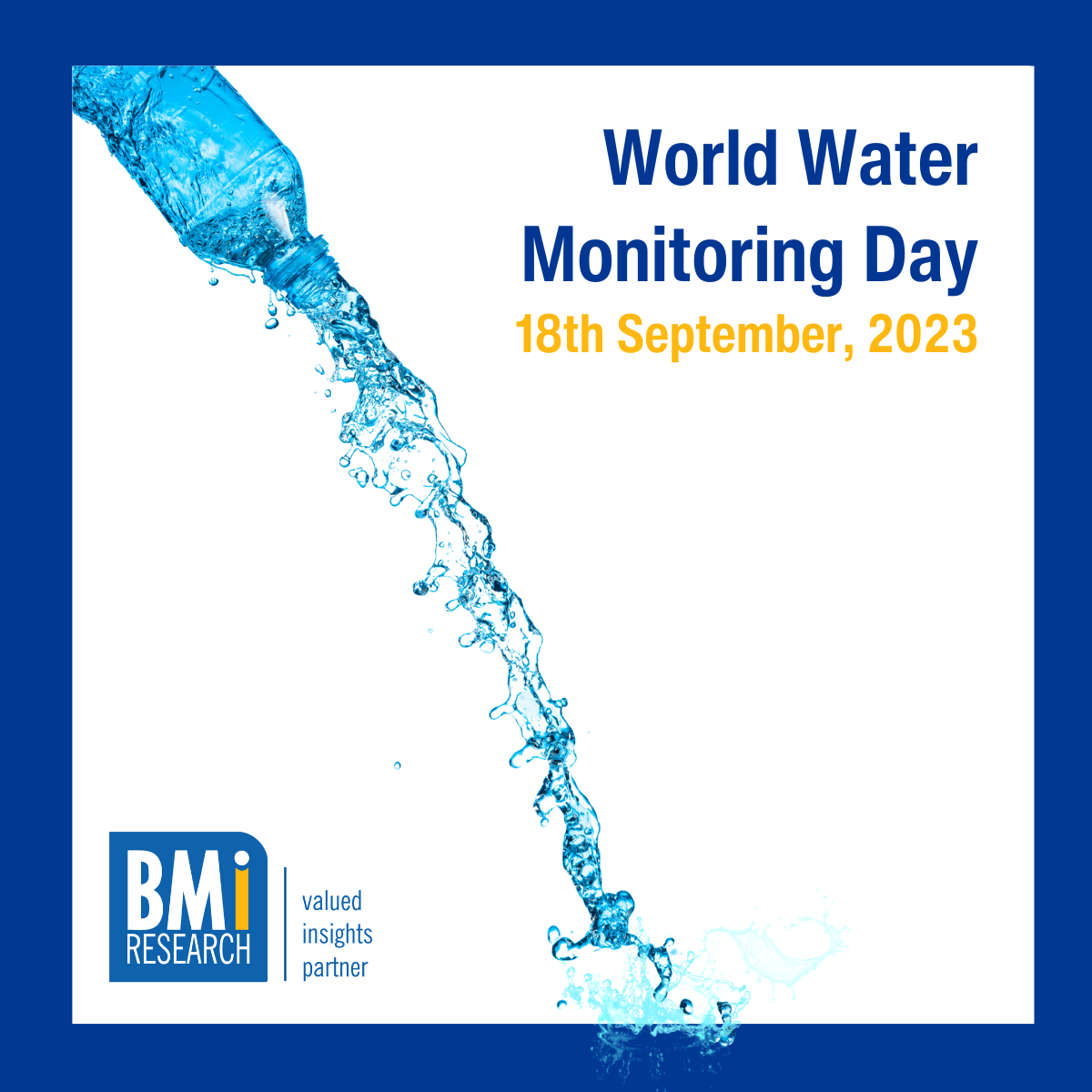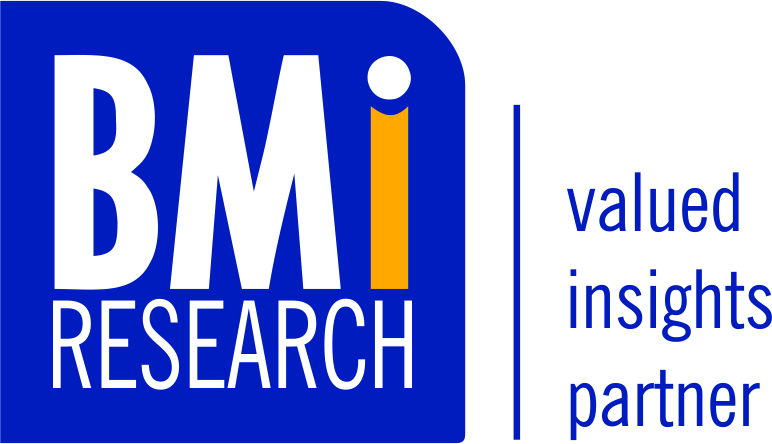
Surprising factors spur growth in bottled water
BMi Research’s latest quantification study has shown a dramatic increase in demand for bottled water, finding that packaged water demand volume grew by 14.2% in 2022 compared to 2021. The packaged water category was also valued at 17.4% higher than the value achieved in 2021.
Water is a precious commodity in any society, but in South Africa the possibility of water shedding for communities is fast becoming a reality. South Africans are increasingly turning to bottled water, particularly 5L packs, to stock up on water in the event of water shedding. There are more frequent water disruptions leaving entire communities without water for days. Bottled water has naturally benefitted from this demand.
These developments are unsurprising, says Jenni-Ruth Coggin, CEO of BMi Research, given that bottled water has grown year on year for several years, making it a dynamic beverage category.
The research showed that bottled water continues to play a critical role in South African communities, where it has provided a consistent supply of clean, safe drinking water. More than the fashion statement it once was, bottled water has become a lifeline in areas plagued by poor quality water – or at times, none at all.
On average, a person can only survive for three days without water. Yet in South Africa, unclean municipal water sources, aging and damaged infrastructure, cholera outbreaks and extreme weather conditions are all jeopardising people’s access to healthy water. As a direct result of this situation, bottled water volumes have been steadily increasing, and show no signs of slowing down. During the 2022/2023 floods in KwaZulu-Natal, Gauteng, Free State and Northern Cape, residents experienced water shortages as their pipes were damaged. Unreliable public water meant that consumers had to resort to bottled water. During the floods and in the days following these events, bottled water was also supplied to affected areas as part of relief efforts.
In 2022, some provinces also began to experience water shortages as dam levels dropped and Day Zero loomed, while others experienced water quality that did not pass municipal standards. In 2023, Gauteng and the surrounding areas experienced a cholera outbreak that claimed the lives of 31 people. This was as a result of unclean water supplied to residents in those regions. This past year also saw taps run dry in a number of provinces as a result of infrastructure issues and the effect of load-shedding on water pumping stations. Growth in bottled water in 2022 was driven across the sector by still, sparkling, unflavoured and flavoured water, with top-end retailers and wholesalers increasing volume year on year. This indicated that all these variants had potential for growth if effectively marketed and distributed in relevant places.
Value-focused brands and pack sizes remained prominent, particularly in the current economy where consumer spending was under pressure. More South Africans purchased bottled water for drinking and home use. Some major brands saw a gap in the market and launched smaller pack sizes (300-330ml) aimed at kids to encourage them to drink more water as a healthier beverage option. Overall, bottled water demand is driven by healthy beverage consumption needs, convenience and promotional activity as well as lower average pricing when compared to non-alcoholic beverage alternatives. The pursuit for healthy beverage alternatives also drives demand in the category. Promotional activity remained prominent, giving popular and line extensions the competitive edge.
Given the unreliability of public water, this category is expected to grow even further. This, coupled with companies’ ability to market the product in attractive packaging and labels, as well as water being a healthier alternative to sugary drinks, means the category will continue to hold relevance in the market.

